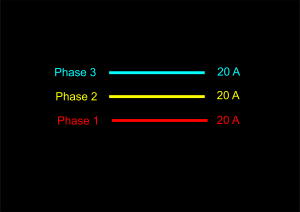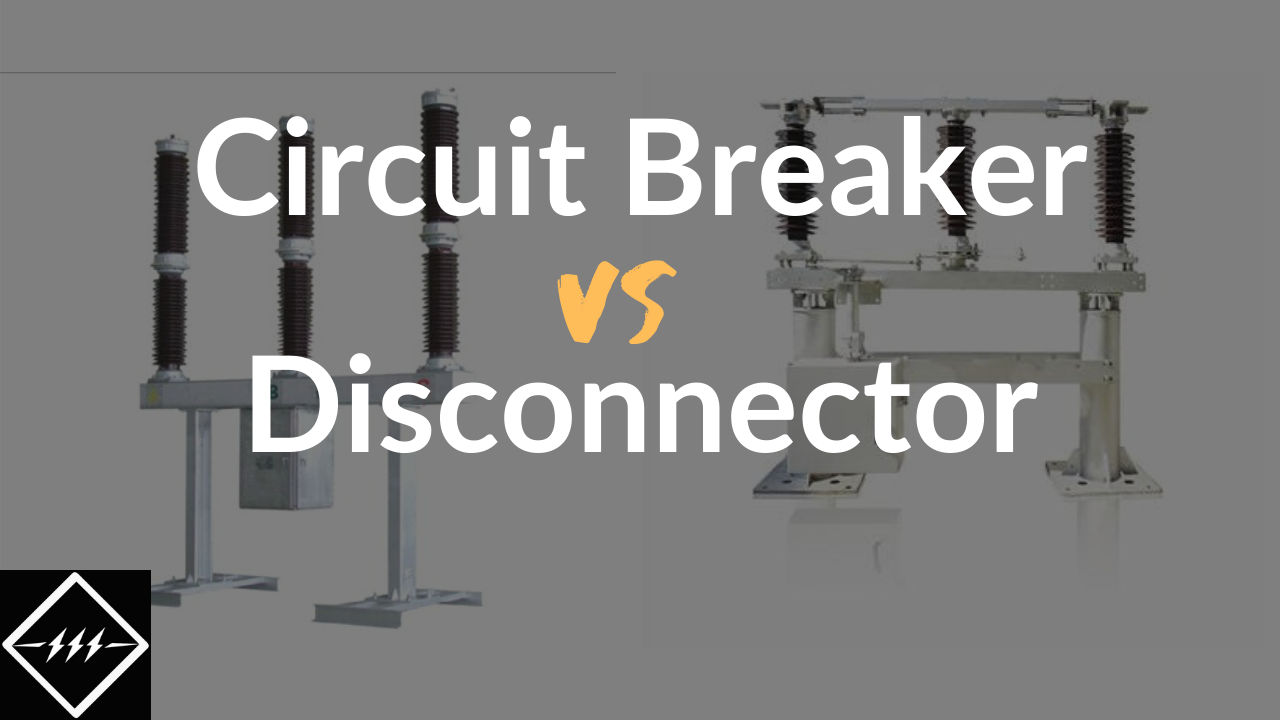Construction of 3.5 core underground cable | What is 3.5 core?
Construction of 3.5 core underground cable | What is 3.5 core? https://www.theelectricalguy.in/wp-content/uploads/2017/01/practical-construction-of-a-11kv-2-1024x576.jpg 1024 576 Gaurav J Gaurav J https://secure.gravatar.com/avatar/87a2d2e0182faacb2e003da0504ad293?s=96&d=mm&r=gUnderground cable has many advantages over overhead lines. But what strength do an underground cable needs? How is the practical construction of underground cable? And what is 3.5 core cable? Well, in this tutorial we’ll look at the answers of these questions. So, let’s start!
Construction of underground Cable
Look at the following image it shows the detail construction of a 3.5 core armoured cable.

- Weather proof coating.
- Steel armour which is provided to give the required mechanical and tensile strength.
- Extra insulation provided between Steel armour and the cores.
- Insulation provided to conductors or cores
- Bundled conductors.
Strengths required for underground cables
We are going to put the cable underground, which means we will put the cable with soil, water, rocks and many other things that are available underground. And hence, underground cables needs to have few strengths to survive the underground surroundings. Following are some of the strengths.
Weather proof insulation
Weather proof insulation is required as the cables will have to face water, soil, high temperature, low temperature, etc. And everything that is in the underground weather.
Mechanical and tensile strength
When cable is going underground, it should have some amount of pressure carrying capacity. It should also have tensile strength.
Insulation under the Steel Armour
This insulation is provided under the Steel armour. Which helps in avoiding the short circuit possibility between the armour and the conductors.
Core insulation
Core insulation is must. Because, if the cores or conductors are not insulated from each other than it may result into a short circuit.
What is 3.5 core cable ?
What is 3.5 core cable and what is the purpose of that extra 0.5 Core? To understand this, you need to look at the two cases.
Case 1

Let’s say, you have a three-phase supply. All of your three phases are carrying equal amount of current as shown in the above image. All the phases are carrying equal amount of current which i.e. 20A. This means the system is perfectly balanced. In such cases there is no return current and hence neutral is not needed. As a result, you can use only 3 core cable without neutral conductor (However, perfectly balanced system is not possible practically).
Case 2

What if your system is not balanced? Which is the practical case. System is not balance because all the three phases are carrying different current. And hence, in this case, there will be return current and we need something to carry this return current. And the return conductor is called as Neutral.
Greater is the degree of imbalance, larger will be the neutral current.
When there is some degree of unbalance and the amount of fault current is very small, then 3.5 core cables are used. In these types of cables, a neutral of reduced cross section as compared to the 3-main conductors is used, which is used to carry the small amount of unbalanced currents.
Gaurav J
Electrical Engineer. Content Creator. Currently working with a High & Extra High Voltage Switchgear Industry.
All stories by: Gaurav J


